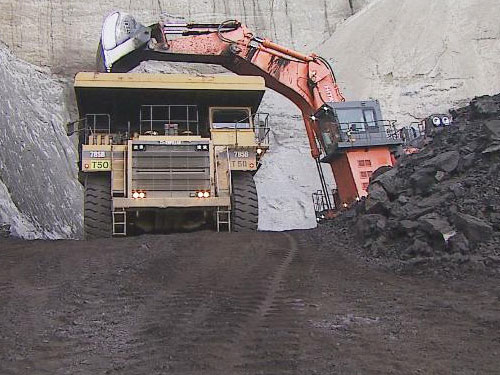Mining is Keystone
Global Warming Challenges
As President Trump offered to buy Greenland last month, he brought into visibility the seven nations whose territories include lands that are north of the Arctic Circle: Canada, Russia, the United States, Norway, Finland, Sweden and Denmark, through its former colony, Greenland. The Arctic nations also include Iceland, with, Grimsey, its northern island, above the Arctic Circle, and, more recently, China – a self-proclaimed “near Arctic state.”

Whether Mr. Trump’s offer, roundly referred to as “ridiculous” in the region, his focus – whether strategic or for rich mineral deposit, or both – he inferentially focused attention to the untapped mineral potential that, in part, defines both the Atlantic and Pacific sides of the Arctic regions.
Alaska’s Mineral Wealth
The President could have looked closer to home – to Alaska, which, according to the 2018 Annual Survey of the Fraser Institute, a Canadian public-policy think tank, Alaska ranks in the top five top jurisdictions in the world based on “investment attractiveness” for mining and minerals.
The report noted a distinction between the North American and Russian Arctic regions that ranked highest in mineral potential and the European Arctic Nordic nations with higher scores in government policy. The Fraser authors emphasized the necessity for sound regulations in a political climate that is keenly interested in both environmental impacts and the climate. The report noted corporate interest in “sound regulatory regimes coupled with competitive fiscal policies is key to making a jurisdiction attractive in the eyes of mining investors.” The report also noted a need for improvements: “while jurisdictions cannot change their geology, they can adjust both law and policy.”
The staggering sums needed to start production are far costlier in the Arctic region where efficient design of mines in ice covered, short shipping seasons along with melting permafrost, frostbite, mechanical failures and ice-blocked shipping channels given ice-breakups in the warming waters and, infrastructure that often must be built to accommodate the mining projects.
The Financial Post reported that the rising commodity prices have encouraged companies to accelerate exploration rather than make acquisitions, given the favorable projected growth in consumption – despite the high investment costs in below zero and dark seasonal conditions. For example, companies that spent some $30 million on exploration in Nunavut, Canada twenty years ago, are now investing $325 million in green-field operations where world–class deposits are anticipated.
While Alaskan mining production started with gold in or around 1870s, it remains the second largest gold producing state – after Nevada. Fairbanks, Alaska’s most productive gold district, is the site where more than 10 million ounces of placer gold has been mined, with several new projects in development. Last year, the journal, Resource World, called Alaska mining the “frontier of the future,” where significant discoveries continue in what is viewed as a “relatively unexplored” state with a landmass six times the size of Nevada
Alaska’s long, geologically diverse history with mining includes over 4,400 known gold prospects and more than 2,700 instances of other minerals, including some of the world’s largest deposits. North of 60 Mining News recently reported that Alaska’s geology includes “at least” 29 of the 35 critical minerals and metals that have been identified by the U.S. Geological Survey.
With increasing trade in energy and minerals, shippers who find the northern routes economical, are also aware of the rising risks for shippers where sea-ice is in retreat and what author and Arctic explorer Ed Struzik calls the “formidable challenges” associated with potential for oil spills, groundings, general lack of infrastructure, lack of nearby search and rescue capabilities or, safe harbors.



